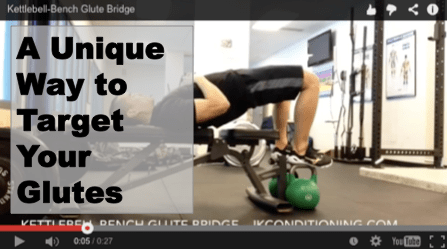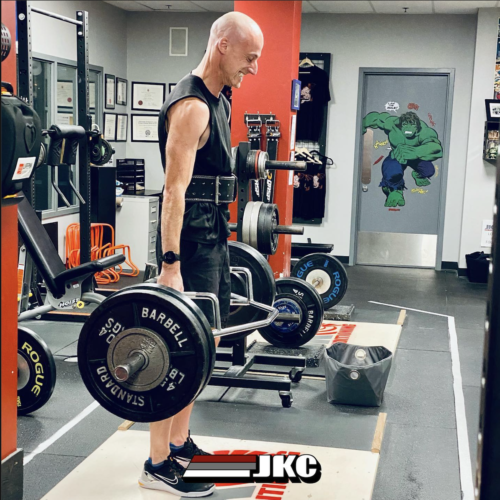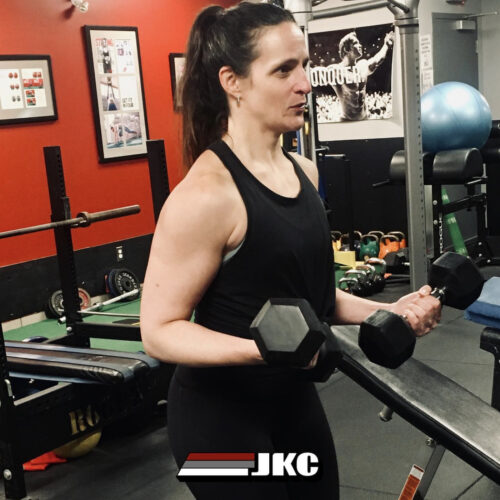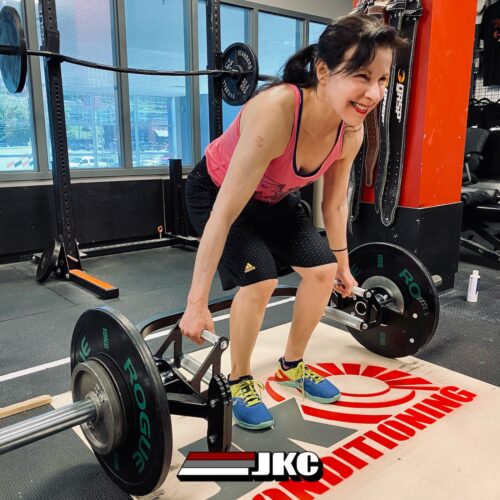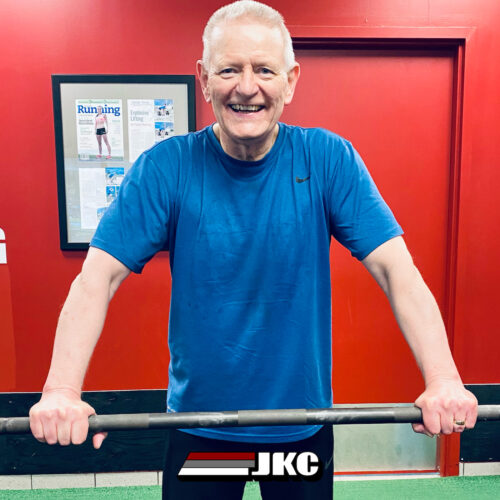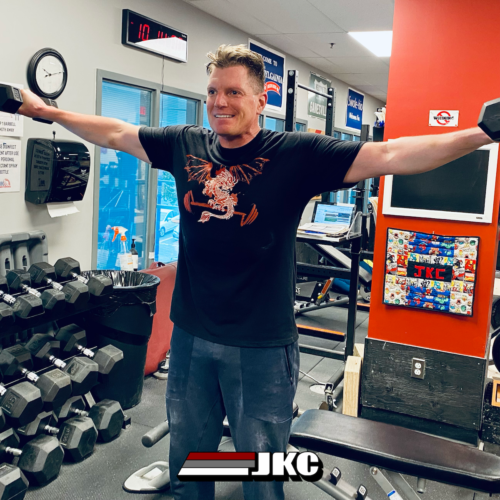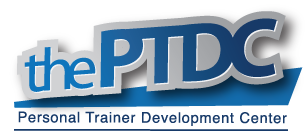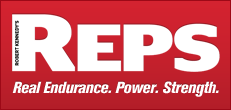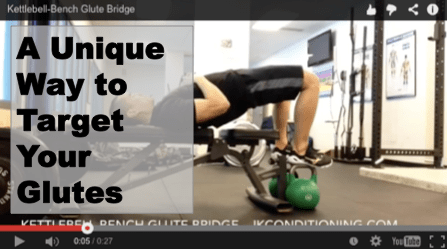
I was lying down on the couch the other day and went to push myself off to get up.
My leg was in such a position that it activated the crap out of my glute. You see, I was propped up on some pillows and the unique position I had my legs bent actually put my glutes in an advantageous position (relative to my hamstrings) to execute hip extension. Referred to as active insufficiency, the bi-articular hamstring muscle which crosses the hip and knee joints, was in a disadvantageous position to activate.
Robert Panariello actually just wrote about this on Bret Contreras’ blog HERE.
In his post, Robert discusses a glute test that utilizes an assessment table and plyometric box.
This position was how I was propped up on this couch, sort-of.
I was thinking how I could simulate this in the gym without the assessment table because this bridge variation is actually very effective at targeting you glutes.
I was playing around in the gym this morning and came up with these two unique bridge variations.
Thanks to active insufficiency, your glutes should dominate this bridge variation. Robert describes this table set-up as a test/assessment, which I agree with, but I also believe the test can serve as the exercise.
If you’re new to this exercise and have weak glutes, do the two leg variation. There is more stability and a lower chance you’ll use your hamstrings. Place two kettlebells at the end of an exercise bench. Move to the end of the bench and form a 90-degree angle at your knees. Find neutral spine and gently brace your abs. Drive your heels into the handles of the kettlebells and lift your hips upward. You should feel a strong contracting in both glutes. As Pavel says, “Squeeze and break the walnut!” Hold for a few seconds and return to the starting positing.
I like performing one or two sets prior to my lower body workouts completing a total of 20-ish reps.
Once your glutes get strong together (e.g. bilaterally), it’s time to try the single leg version. Here, ensure your abs are braced so you don’t hyperextend your low back and so you can control the rotational torque applied to your pelvis/low back. You might notice a bit more hamstring activity in this version, but ensure you butt takes the brunt of the load. Follow the same instructions above but execute with one leg held in the air.
My hands are holding onto the bench so I don’t slide away from the kettlebells. They are not helping in the hip lift.
If you don’t have access to kettlebells, you can place two dumbbells on end.
Happy glute training!
-JK
photo credit: Steve Snodgrass via photopin cc
